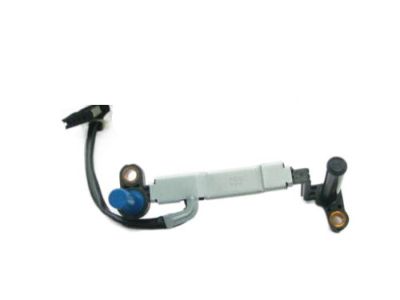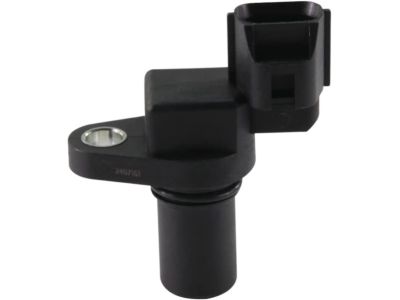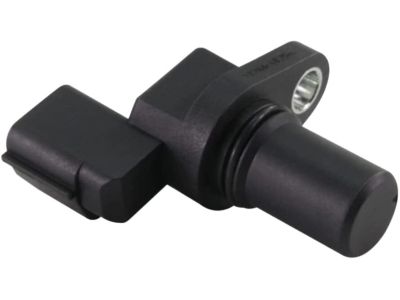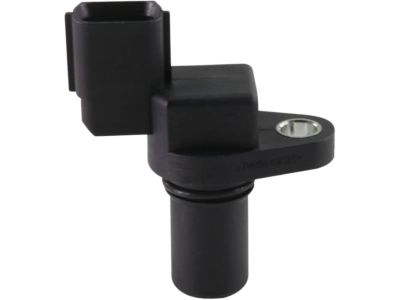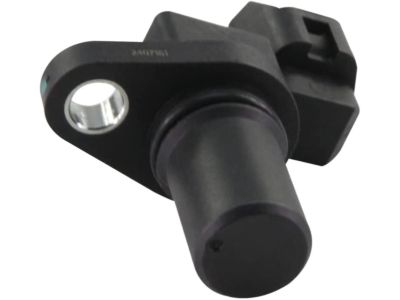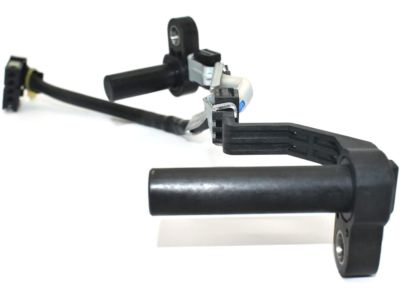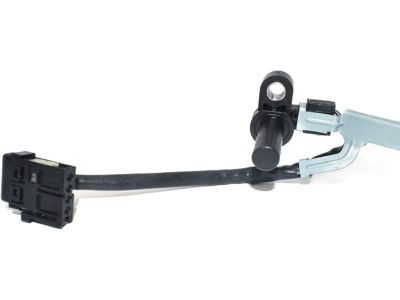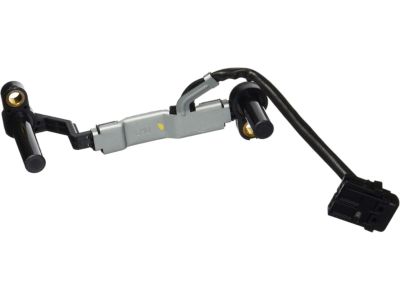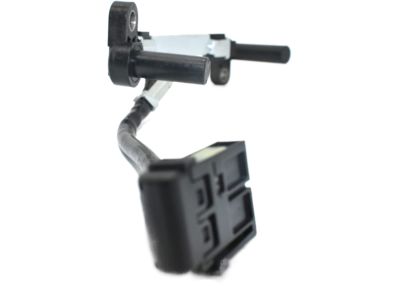×
- Hello
- Login or Register
- Quick Links
- Live Chat
- Track Order
- Parts Availability
- RMA
- Help Center
- Contact Us
- Shop for
- Kia Parts
- Kia Accessories

My Garage
My Account
Cart
Genuine Kia Optima Speed Sensor
Speed Control Sensor- Select Vehicle by Model
- Select Vehicle by VIN
Select Vehicle by Model
orMake
Model
Year
Select Vehicle by VIN
For the most accurate results, select vehicle by your VIN (Vehicle Identification Number).
5 Speed Sensors found

Kia Optima Sensor, A/T-Input Speed
Part Number: 426203B600$125.19 MSRP: $179.10You Save: $53.91 (31%)Ships in 1-2 Business Days
Kia Optima Sensor, A/T-Input Speed
Part Number: 4262039051$96.77 MSRP: $137.27You Save: $40.50 (30%)Ships in 1-3 Business Days
Kia Optima Sensor, A/T-Input Speed
Part Number: 426203B100$131.06 MSRP: $182.04You Save: $50.98 (28%)Ships in 1-3 Business DaysKia Optima Sensor, A/T-Input Speed
Part Number: 4262039100$100.48 MSRP: $137.27You Save: $36.79 (27%)Ships in 1-3 Business DaysKia Optima Sensor, A/T-Input Speed
Part Number: 4262039200$100.48 MSRP: $137.27You Save: $36.79 (27%)Ships in 1-3 Business Days
Kia Optima Speed Sensor
If you're in search of top-notch, reasonably priced OEM Kia Optima Speed Sensor, then you've found the perfect spot. Our website boasts an extensive inventory of Kia Optima Speed Sensor, all priced at the market's premier price. Rest assured, every genuine part we offer comes with a warranty straight from the manufacturer.
Kia Optima Speed Sensor Parts Questions & Experts Answers
- Q: How to check and troubleshoot the Anti-lock Brake System (ABS), including the removal and installation of wheel speed sensors on Kia Optima?A:ABS stands for Anti-lock Brake System which helps to improve vehicle steer-ability, Directional stability and optimal deceleration on severe braking and on varying types of road surfaces, by continuous monitoring of each wheel's speed and pressure control of Brake Line to avoid wheel lockage. Major subassemblies are hydraulic-electronic control unit that contains an actuating assembly with hydraulic-electrical pump, which supplies pressure for the brakes; Solenoids, which control the pressure of brake lines during ABS operation. The ABS computer uses information from four wheel speed sensors where electrical signals are produced by the wheel, and it determines hydraulic line pressure to prevent lockup and constantly checks for the system's failure. For this reason, when a warning light persists on the dashboard, recommending that the car should be checked by a professional before anything else, it suggests preliminary checking of the brake fluid condition, electrical connections, and fuses among others as the system is complex and should be checked by professionals for any repairs to be done. Every time when replacing wheel speed sensor, one needs to unscrew lug nuts, jack up the car, disconnect electrical connectors from the sensor, and then unbolting the sensor itself from its place, and in the reverse order with respect to the above sequence, one needs to bolt all the disconnected and removed parts to their places and tighten the lug nuts.
Related Kia Optima Parts
Browse by Year
2020 Speed Sensor 2019 Speed Sensor 2018 Speed Sensor 2017 Speed Sensor 2016 Speed Sensor 2015 Speed Sensor 2014 Speed Sensor 2013 Speed Sensor 2012 Speed Sensor 2011 Speed Sensor 2010 Speed Sensor 2009 Speed Sensor 2008 Speed Sensor 2007 Speed Sensor 2006 Speed Sensor 2005 Speed Sensor 2004 Speed Sensor 2003 Speed Sensor 2002 Speed Sensor 2001 Speed Sensor 2000 Speed Sensor
